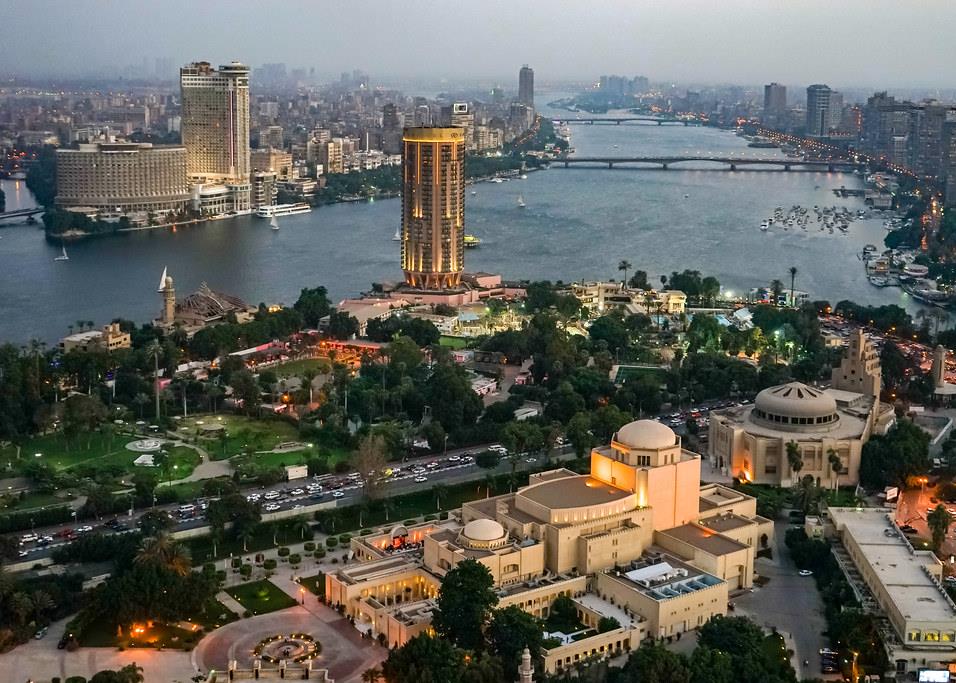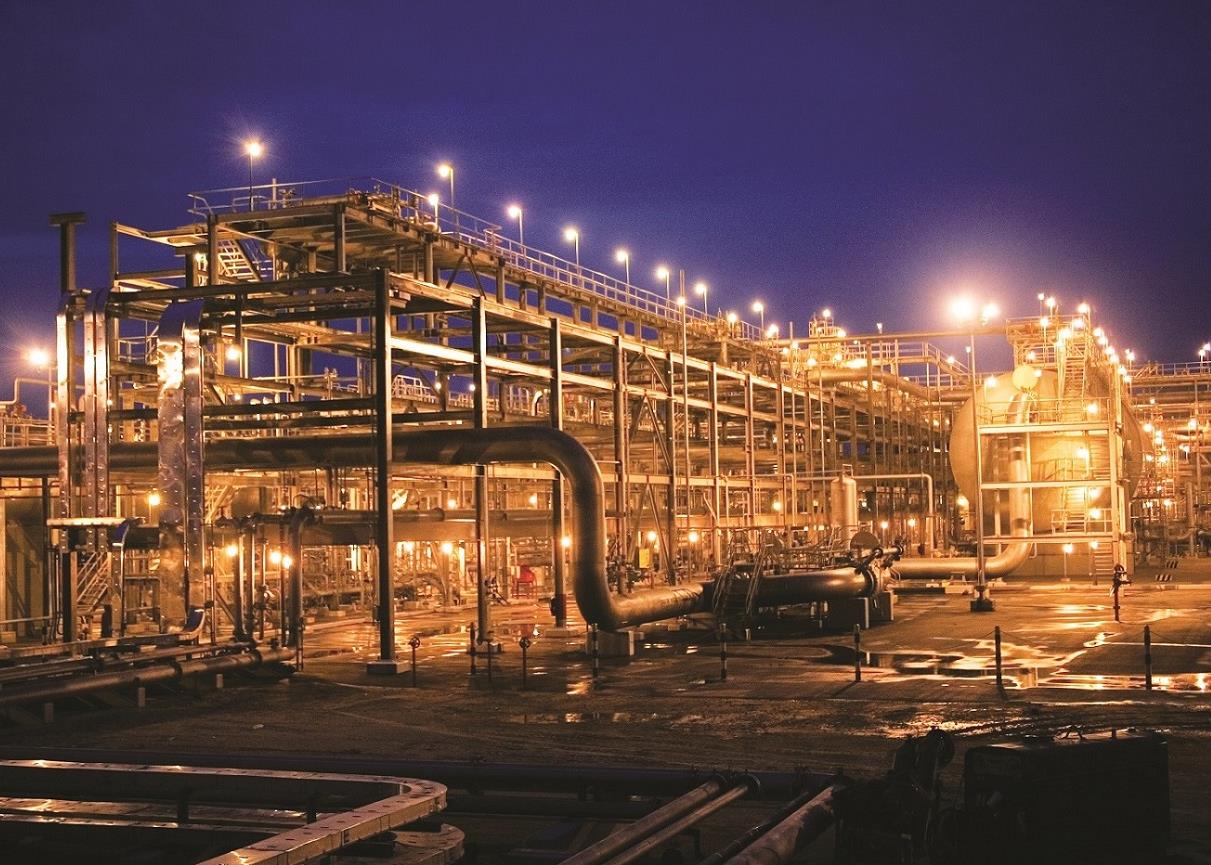
With the price of technology falling and oil prices rising, solar energy is an increasingly an attractive option, but governments need to develop legislation to support the sector
As Middle East and North Africa (Mena) governments start to acknowledge that their hydrocarbon reserves are limited, there is one source of energy found in abundance in the region that has yet to be fully exploited: sunshine.
Oil prices have been above $100 a barrel for more than a year now and show no sign of coming down
The Mena countries see more than 2,000 kilowatt-hours (kWh) of solar radiation a square metre a year. By contrast, Germany – one of the world’s largest producers of solar energy – receives just 1,000kWh a square metre each year.
Until recently, the potential for solar power has largely been ignored in the region, with governments preferring instead to use their huge oil and gas reserves to run power plants. The high cost of solar technology has made adopting alternative energy sources unfeasible. But the economics are now changing. Mass production and wider adoption are bringing down the cost of solar technology, while at the same time oil prices are rising.
Ambitious renewable energy targets
“It is easier to make a hole in the ground, take out what is in there, burn it and make dirty electricity,” says Georg Brakmann, managing director of German consultancy Fichtner Solar. Oil prices have been above $100 a barrel for more than a year now and show no signs of coming down, despite global economic uncertainty.
With energy prices so high, oil producing countries are keen to maximise their exports and reduce the amount of oil burnt for electricity generation and most states have now set ambitious renewable energy targets. Saudi Arabia, for example, hopes to generate 15 per cent of its electricity from solar power by 2020. Kuwait hopes to produce 5 per cent of its energy from renewables by 2020 and the UAE is aiming for 7 per cent.
Cost has been a factor inhibiting the take-up of solar technology, but mass production is pushing down prices
At the same time, energy-poor countries, such as Jordan, Morocco and Tunisia, are looking to reduce their dependence on fuel imports and their vulnerability to rising energy prices. The Tunisian Solar Plan calls for capacity of 253MW by 2016 and 1,700MW by 2030, up from just 2MW in 2010. The Moroccan Agency for Solar Energy (Masen), meanwhile, has set a target of 2,000MW of solar capacity, representing 14 per cent of the country’s total installed generation capacity, by 2020. And Algeria wants solar power to supply 37 per cent of local electricity demand by 2030.
There are various technologies that countries can choose from to develop solar power capacity and each has its advantages and disadvantages. Concentrated solar power (CSP) plants focus sunshine using mirrors and lenses in order to generate high-pressure steam to drive a turbine. With this method there is limited drop-off when the sun goes behind a cloud.
Photovoltaic (PV) technology uses the photovoltaic effect – where matter emits electrons, and therefore electricity, when exposed to solar radiation – to produce power from panels made of semiconductors such as silicon. The cost of the panels is falling fast and the technology’s efficiency is increasing.
On-grid PV plants are cheaper to build than CSP plants, but they are unable to store energy and their output dips immediately when there is no sunlight. This means they must be supplemented by other power sources at night and on overcast days. The same is true of CSP plants, but to a lesser extent.
Mass production
PV, however, does not share CSP’s potential for storing energy as heat in mediums such as molten salt. While the region may have a lot of sun, it does not have as much fresh water and current CSP technologies need 2,000 – 3,000 litres a megawatt hour (MWh) for cooling. A further disadvantage is that in the dust of the desert, PV panels and the mirrors in CSP plants have to be continually cleaned.
Cost has long been a major factor inhibiting the take-up of solar technology, but mass production is now pushing down prices . “The manufacturing has become large-scale and China has really pushed heavily into that sector,” says Michael Geyer, international development director at Spain’s Abengoa Solar. “They really shrank the cost by increasing capacity and enhancing the economies of scale.”
China is the main source of panels for the region, but not the only one. “In Germany and in the US you have factories that produce the panels,” says Brakmann. “And now you have some foundations that come from the Middle East [starting to produce solar components], but that is still a minor thing.”
In 2010, a Syrian-Ukrainian joint venture was established with capital of $23m to make PV panels in Syria, but there are more CSP components produced in the region. In the past couple of years, a series of projects to build polysilicon manufacturing plants have been announced in the GCC. Polysilicon is used to manufacture crystalline wafers for solar modules and thin-film cells used in PV panels. Polysilicon represents more than half of the cost of PV panel production. “Photovoltaic is the most competitive [of the two technologies] because the costs have come down most significantly,” says Geyer. “The prices have dropped over the past two to three years and now it’s more attractive than it was in the past, especially compared with other forms of electricity.”
Solar power economically viable
Based on the assumption that PV solar energy costs $1.70 a watt to generate, the levelised cost of energy (LCOE) is $150 a MWh. Gas-rich countries, have less motivation to adopt solar power as a gas price of $4.37 a million BTU gives a LCOE of only $26 a MWh. But many countries in the region are facing a gas shortage and an increasing proportion of their electricity is produced using liquid fuels such as heavy fuel oil, diesel and crude.
With crude oil costing $111 a barrel, its LCOE is $160 a MWh. This makes solar power an attractive option in countries that rely heavily on oil for generation. In Kuwait, 72 per cent of power is generated using liquefied fuels and Saudi Arabia produces 44 per cent of its power from oil.
The number of solar power projects in the region is set to rise in the years ahead as a result. In the GCC, the UAE is taking the lead at present. Abu Dhabi has almost finished its 100MW Shams 1 scheme, which will be the largest CSP project in the region when it comes online this year.
A joint venture of the local Masdar Power, Abengoa and France’s Total will build, own and operate the plant. All the emirate’s renewable energy projects sit under the Masdar initiative, including an existing 10MW PV plant already operating at Masdar City. Another PV plant, Noor 1, is under tender, and construction should start this year. The plant will have a capacity of 100MW and is scheduled for completion in 2013.
Dubai currently has around 5MW of solar capacity spread across three locations, but has recently announced an ambitious 1,000MW combined CSP and PV plant to be built over 48 square kilometres at Seih al-Dahal. The overall value of the project will be around $3.5bn, according to Dubai Electricity & Water Authority (Dewa). It will begin with a $33m, 10MW PV project.
Saudi Arabia so far has no large-scale projects under way. But the King Abdullah City for Atomic & Renewable Energy (Kacare) was set up in 2010 to drive the kingdom’s solar energy programme and it is planning to procure 4,000MW of solar capacity on an independent power project basis. Also in the kingdom, Germany’s Phoenix Solar is building a PV plant for oil giant Saudi Aramco, Japan’s Showa, Aramco and Saudi Electricity Company are also looking to build a 15MW solar project on Farasan island.
The development of solar power in the region will require foreign funding and expertise. The companies running solar projects are likely to come from countries that have been developing renewable energy for longer. German firms Fichtner Solar, Mena Cleantech, Phoenix Solar and Phaesun are already working in the region, as are Spain’s Abengoa Solar, and Iberdrola, and the US’ Solar Electric Power Company and Petra Solar, to name a few.
For the energy-poor countries in the region, solar power offers more than just the opportunity to reduce imports. Some North African countries hope to become energy exporters themselves.
The Desertec Industrial Initiative is an ambitious scheme devised by a group of 12 regional and international companies, which aims to develop 100,000MW of renewable power capacity in Saharan countries for export to Europe. The scheme, which will cost about $550bn aims to meet 15 per cent of the continent’s electricity demand by 2050. The Mediterranean Solar Plan meanwhile aims to build $52bn of solar capacity in North Africa in order to export power to Europe.
Encouraging investment
However, for solar power to reach its full potential in the region, governments need to create an environment that encourages investment in solar projects.
Power generated by solar plants can also be exported throughout the region, and localised schemes can feed into national grids and the GCC grid. But as yet few countries have the regulatory framework and feed-in tariffs needed to encourage investment in renewable energy projects.
“I think what is really missing across the region is a regulatory framework that sets the rules and the regulations for solar to be adopted,” says Geyer. “Until those things are done, it’s like playing football without any rules.” There must be incentives, he says, as in Europe and the US, to make solar competitive with other sources of energy.
Jordan stands out for its laws promoting renewable energy, which allow unsolicited proposals for renewable projects from private companies. Amman aims to generate 10 per cent of its electricity from renewables by 2020. A key project planned is the Shams Ma’an scheme. The local Kawaar Energy is leading the consortium behind the 100MW project, which will be the largest PV plant in the world. In April 2011, the US’ CH2MHill was awarded the feasibility study for the project.
Currently none of the Mena countries have feed-in tariffs. Abu Dhabi has been talking about introducing them, but has held back. Some analysts say it fears repeating mistakes made by Spain, which set its tariffs too high and was unable to correct them when a flood of solar energy producers swamped the market. Feed-in tariffs will become less of an issue, though, as the cost of generating electricity using hydrocarbons rises and the cost of renewable energy drops. Once there is grid parity, other factors will become more important in the take-up of technologies, such as solar.
For now, solar energy accounts for a small proportion of the region’s electricity generation. But with costs coming down for the technology and oil prices sitting firmly around $100 a barrel, the Middle East is set to see a surge in solar project activity in the years ahead as utility providers look to keep pace with rising demand for power.
In this Middle East Electricity 2012 report:
You might also like...

Aramco allows more time for MGS package revised prices
18 April 2024

Morocco tenders high-speed rail project
18 April 2024

Egypt resumes power cuts
18 April 2024

Petrofac awards carbon capture sub-contract
18 April 2024
A MEED Subscription...
Subscribe or upgrade your current MEED.com package to support your strategic planning with the MENA region’s best source of business information. Proceed to our online shop below to find out more about the features in each package.








